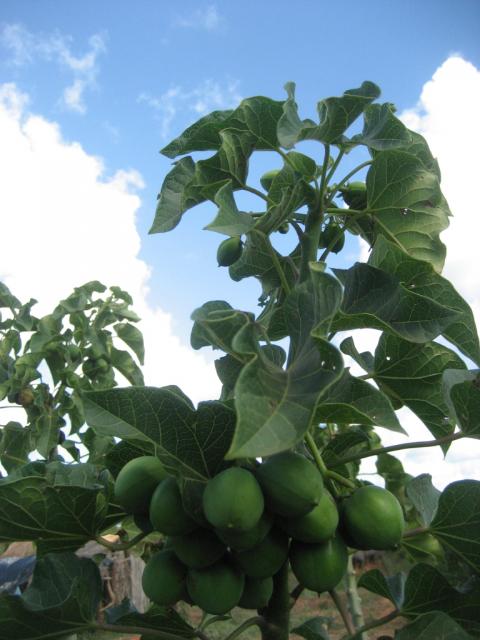Cette entreprise n'a pas de postes à pourvoir
About Us
Jatropha a Viable Alternative Renewable Resource

Constantly the biodiesel industry is trying to find some option to produce renewable energy. Biodiesel prepared from canola, sunflower and jatropha can replace or be combined with standard diesel. During very first half of 2000’s jatropha biofuel made the headlines as a preferred and promising alternative. It is prepared from jatropha curcas, a plant species native to Central America that can be grown on wasteland.
Jatropha Curcas is a non edible plant that grows in the dry areas. The plant grows very quickly and it can yield seeds for about 50 years. The oil got from its seeds can be utilized as a biofuel. This can be blended with petroleum diesel. Previously it has actually been used twice with algae combination to sustain test flight of airlines.
Another positive technique of jatorpha seeds is that they have 37% oil material and they can be burned as a fuel without fine-tuning them. It is likewise used for medical purpose. Supporters of jatropha biodiesel say that the flames of jatropha oil are smoke complimentary and they are successfully checked for basic diesel motor.
Jatropha biodiesel as Renewable Energy Investment has actually attracted the interest of many business, which have actually evaluated it for automotive usage. Jatropha biodiesel has been road by Mercedes and three of the cars and trucks have actually covered 18,600 miles by utilizing the jatropha plant biodiesel.
Since it is due to the fact that of some drawbacks, the jatropha biodiesel have ruled out as a terrific sustainable energy. The most significant problem is that no one understands that what precisely the performance rate of the plant is. Secondly they don’t know how large scale growing might affect the soil quality and the environment as a whole. The jatropha plant requires five times more water per energy than corn and sugarcane. This raises another problem. On the other hand it is to be noted that jatropha can grow on tropical climates with yearly rains of about 1000 to 1500 mm. A thing to be kept in mind is that jatropha requires correct irrigation in the first year of its plantation which lasts for years.
Recent study says that it holds true that jatropha can grow on degraded land with little water and poor nutrition. But there is no evidence for the yield to be high. This may be proportional to the quality of the soil. In such a case it might require high quality of land and might need the exact same quagmire that is dealt with by many biofuel types.
Jatropha has one primary drawback. The seeds and leaves of jatropha are hazardous to people and livestock. This made the Australian government to prohibit the plant in 2006. The government stated the plant as invasive types, and too risky for western Australian agriculture and the environment here (DAFWQ 2006).
While jatropha has stimulating budding, there are variety of research difficulties remain. The significance of cleansing needs to be studied since of the toxicity of the plant. Along side a systematic research study of the oil yield need to be undertaken, this is really essential because of high yield of jatropha would probably required before jatropha can be contributed considerably to the world. Lastly it is likewise extremely important to study about the jatropha species that can make it through in more temperature environment, as jatropha is quite restricted in the tropical climates.



